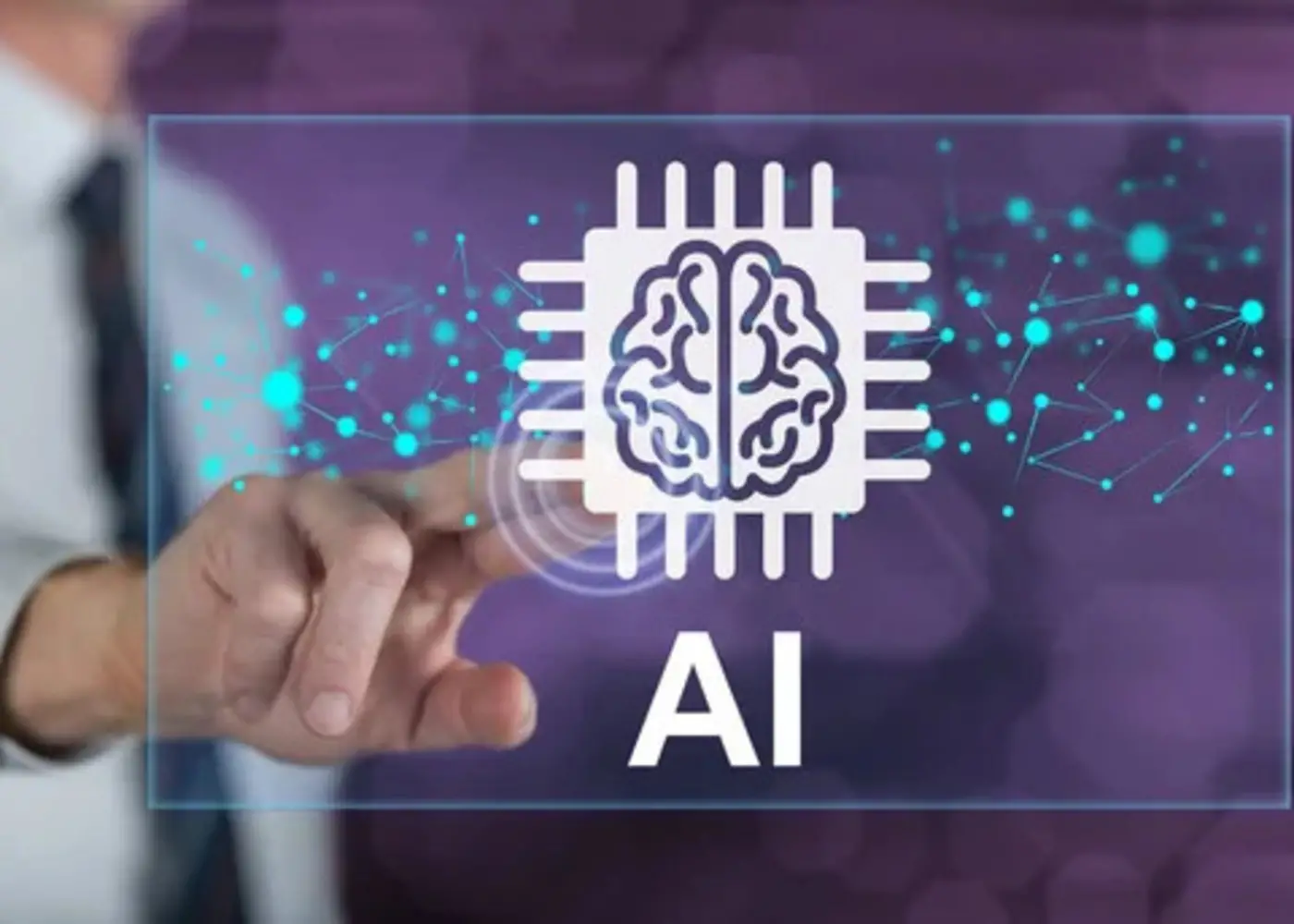Introduction
In an era where artificial intelligence can generate human-like content within seconds, the line between AI-written and human-written text has become increasingly blurred. AI text detectors have emerged as critical tools designed to identify whether content was created by a machine or a human. These detection systems analyze various linguistic patterns, syntax structures, and statistical anomalies to differentiate between human and AI-generated writing.
The relevance of these tools has skyrocketed in 2025 as generative AI has become deeply integrated into content production workflows across industries. With over 70% of businesses now leveraging AI in their content strategies, concerns about authenticity, intellectual property, and misinformation have intensified. Educational institutions grapple with AI-written assignments, publishers worry about the integrity of submitted works, and search engines adjust algorithms to maintain quality standards in an AI-saturated digital landscape.
As our society navigates this new frontier, AI text detectors serve as technological gatekeepers, helping to preserve the value of human creativity while acknowledging AI's growing role in content creation.
How AI Text Detectors WorkTechnical Foundations
AI text detectors employ sophisticated algorithms to analyze content across multiple dimensions:
Perplexity and Burstiness Analysis: AI-generated text typically demonstrates lower perplexity (predictability of word sequences) and burstiness (variance in sentence complexity) compared to human writing. Humans naturally alternate between complex and simple phrases, creating "bursty" patterns that AI often struggles to replicate.
Statistical Pattern Recognition: Detectors examine the statistical distribution of words, phrases, and sentence structures, looking for patterns common in AI outputs but rare in human writing.
Linguistic Markers: Certain word choices, transitional phrases, and rhetorical patterns may indicate AI authorship, as language models have recognizable "fingerprints" in how they construct sentences.
Semantic Coherence Assessment: While AI can produce grammatically correct content, detectors evaluate the logical flow and conceptual consistency that humans naturally maintain throughout a text.
Limitations
Despite their sophistication, AI text detectors face significant challenges:
False Positives: Human writers with highly structured, formal writing styles may be incorrectly flagged as AI-generated.
False Negatives: Advanced AI systems can now produce content that evades detection by mimicking human inconsistencies.
Language Limitations: Most detectors work best with English content, showing reduced accuracy with other languages.
Adaptation Lag: There exists a perpetual gap between newer AI model capabilities and detector technology, creating windows where detection systems fall behind.
Use Cases by Industry
Education
Educational institutions have been at the forefront of adopting AI detection tools. With estimates suggesting that 30-40% of student papers now contain AI-generated content, schools and universities use these systems to:
Maintain academic integrity in assignments and theses
Create teachable moments about proper AI usage and citation
Develop assessment strategies that work alongside AI tools rather than against them
Many institutions now employ a "trust but verify" approach, using detection systems as part of a broader academic integrity framework rather than punitive measures.
Publishing & Media
News organizations and publishers leverage AI detection to:
Verify the authenticity of submitted manuscripts and articles
Maintain editorial standards and reader trust
Differentiate premium human-created content from mass-produced AI material
Create transparent labeling systems for content with varying degrees of AI assistance
Major publishers like The New York Times and Reuters have implemented detection systems in their editorial workflows, often combining automated checks with human editorial review.
SEO & Content Marketing
Digital marketers face unique challenges as search engines increasingly scrutinize AI-generated content:
Ensuring website content passes both search engine quality checks and human engagement metrics
Balancing content production scale with originality requirements
Developing hybrid workflows where AI assists human writers rather than replacing them
Testing content before publication to avoid potential search ranking penalties
Many marketing agencies now use detection tools as a final quality assurance step before content publication.
Enterprise Compliance
Corporations utilize detection systems for:
Maintaining regulatory compliance in legal and financial documentation
Ensuring authenticity in customer-facing communications
Verifying internal reports and presentations
Creating accountability trails for content authorship
The Role of a Free AI Detector
As detection technology has matured, free AI detector options have become increasingly important for democratizing access to verification tools. A free AI detector typically offers basic detection capabilities without the financial commitment of premium services, making them valuable entry points for individuals and small organizations.
When to Choose Free Options
Free AI detectors serve valuable purposes in several contexts:
Educational settings

All Comment 6
Login to post a comment
No comments yet
Be the first to drop a comment